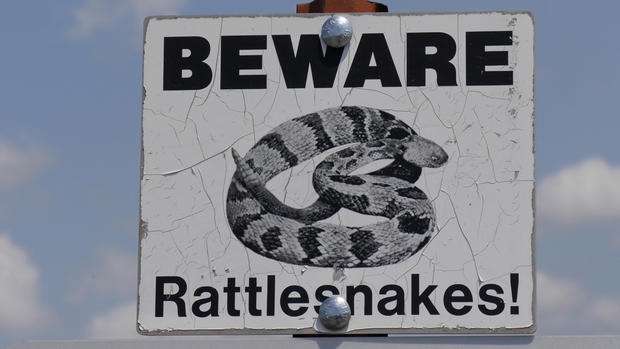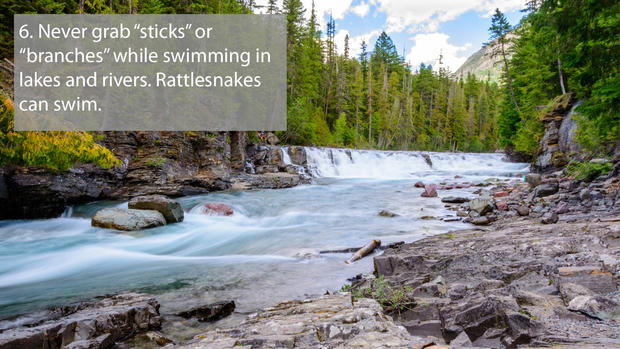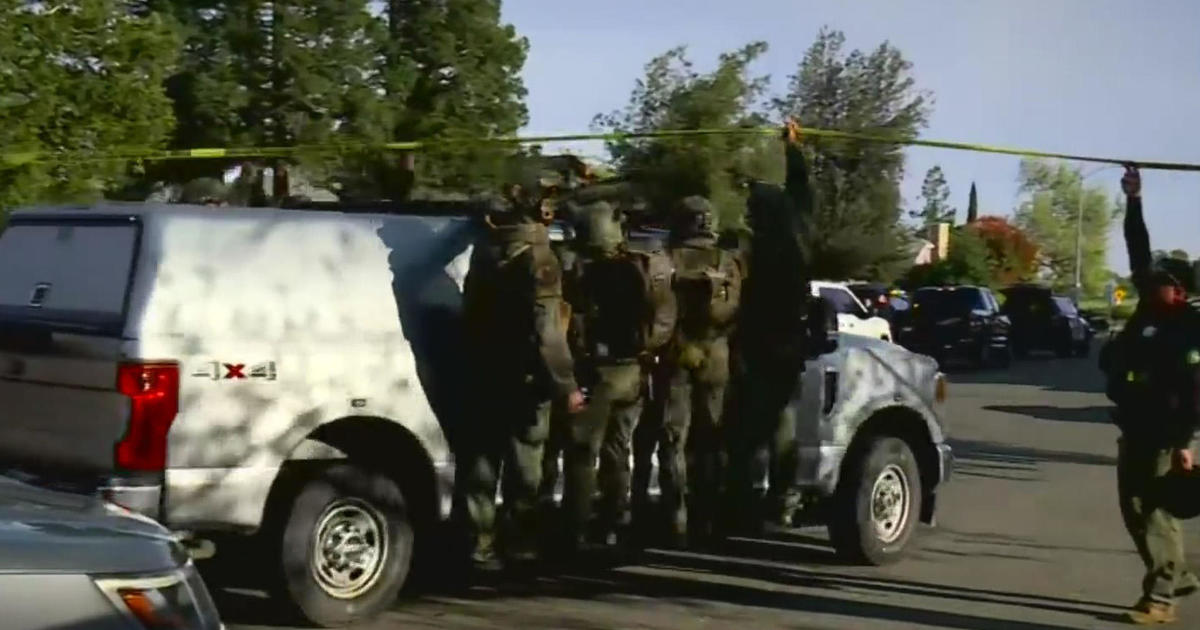It's Rattlesnake Season: Here's What To Do If You Encounter One
SACRAMENTO (CBS13) — It's rattlesnake season in Northern California, the time of year you're most likely to find a rattlesnake in your own backyard.
So what do you do if you find one? A local snake-catcher has some tips to deal with the slithering snakes.
The job seems simple: you find the rattlesnake, catch it, put it in the bucket, but as they say... don't try this at home.
Luis Fraser says when homeowners try to catch snakes themselves, that's when they get bit.
"85% of bites that happen this year will be from people pinning the snake down and trying to catch it," Fraser said.
The dos and don'ts in snake country. Swipe through the gallery below.
Fraser removed several rattlesnakes from a Rocklin backyard where crews were working on a landscaping project. He picked up two rattlesnakes and a little baby as well as a couple gopher snakes.
He said the gopher snakes are the most common species mistaken for the Northern Pacific Rattlesnake.
Fraser says to stay away, move back slowly and don't mess with a rattlesnake if you encounter one in your yard.
You might hear a rattle, but you might not.
READ ALSO: Family Credits Dog For Rescuing Children From Possible Kidnapping
"You can't always count on the rattle," Fraser said. "This species of rattlesnake tends to be pretty quiet."
After their winter hibernation, the snakes are out looking for food, not a fight.
Fraser said during his 10 years in the business, he's never had a rattlesnake bite him.
"They say it's not a matter of 'if' but 'when.' So, I'm willing to accept that. I try to be as safe as possible," Fraser said.
Fraser releases the snakes in safe areas, far from homes, after he catches them.
For more information on rattlesnakes, check out the Department of Fish and Wildlife website.










